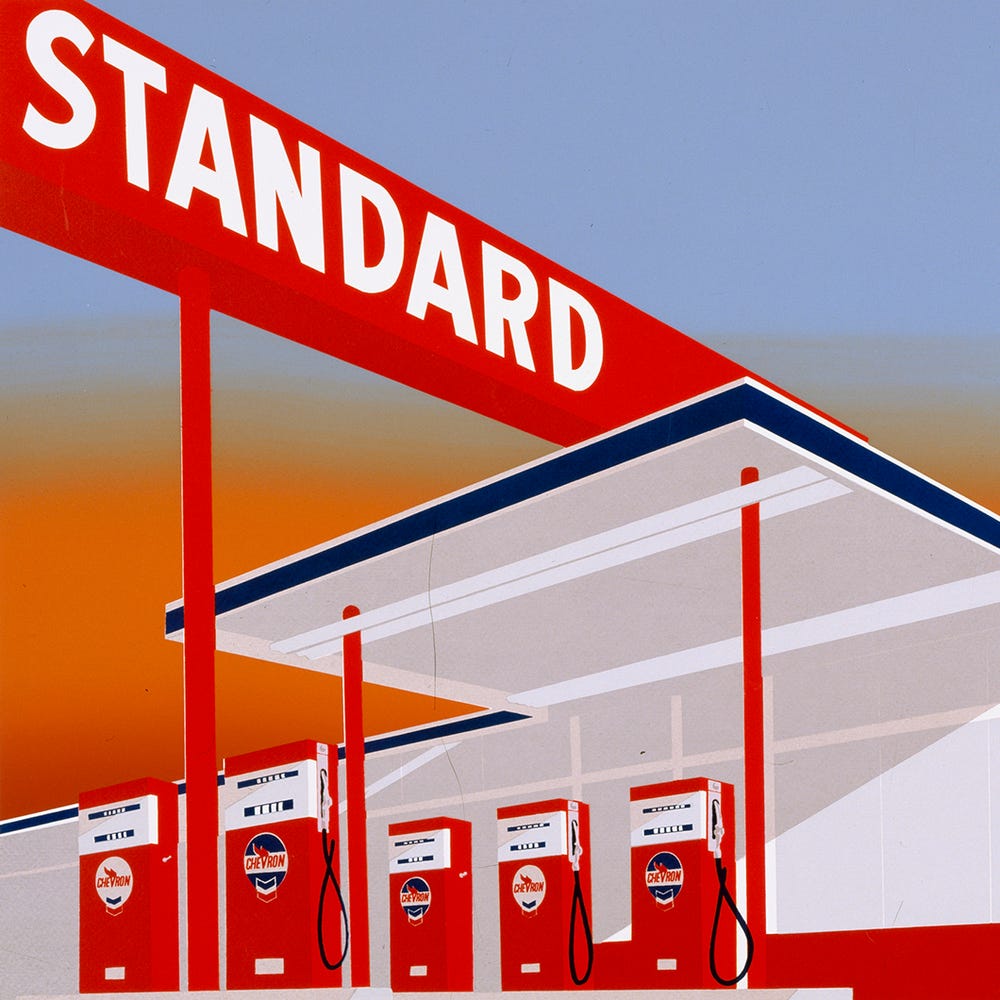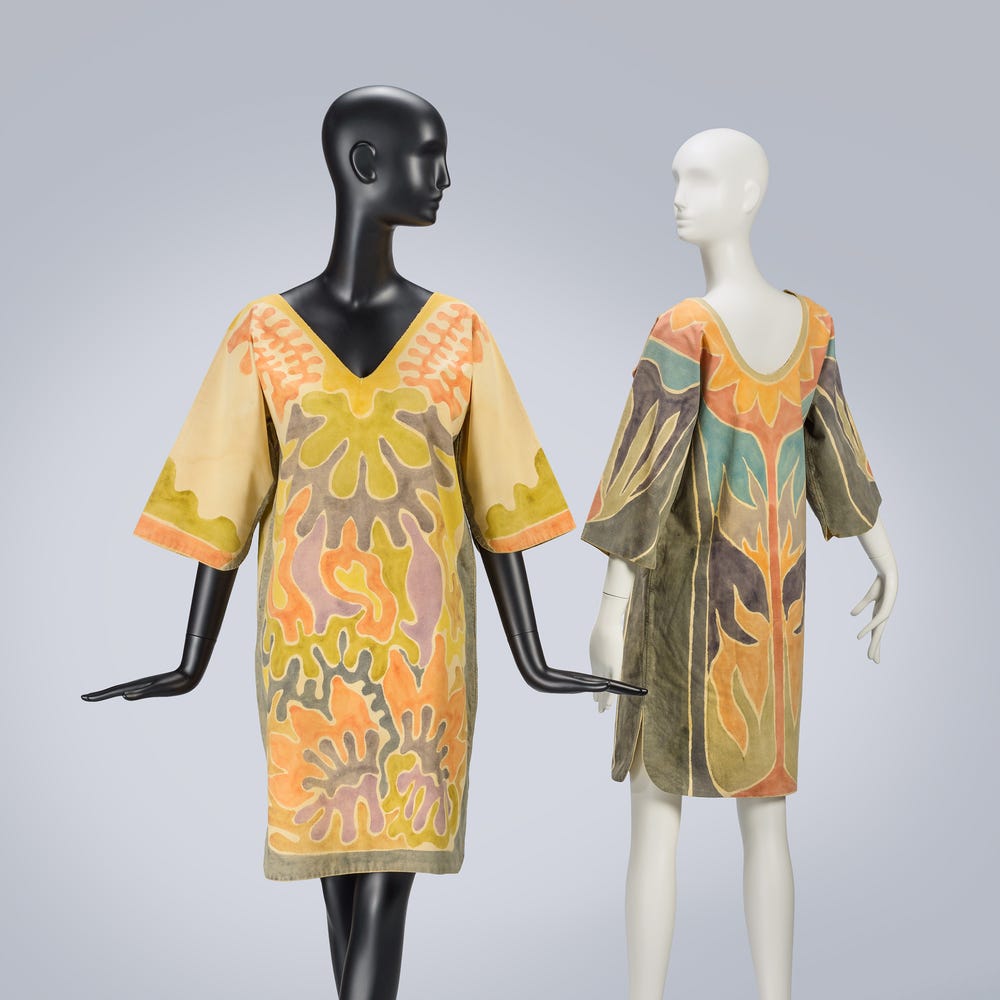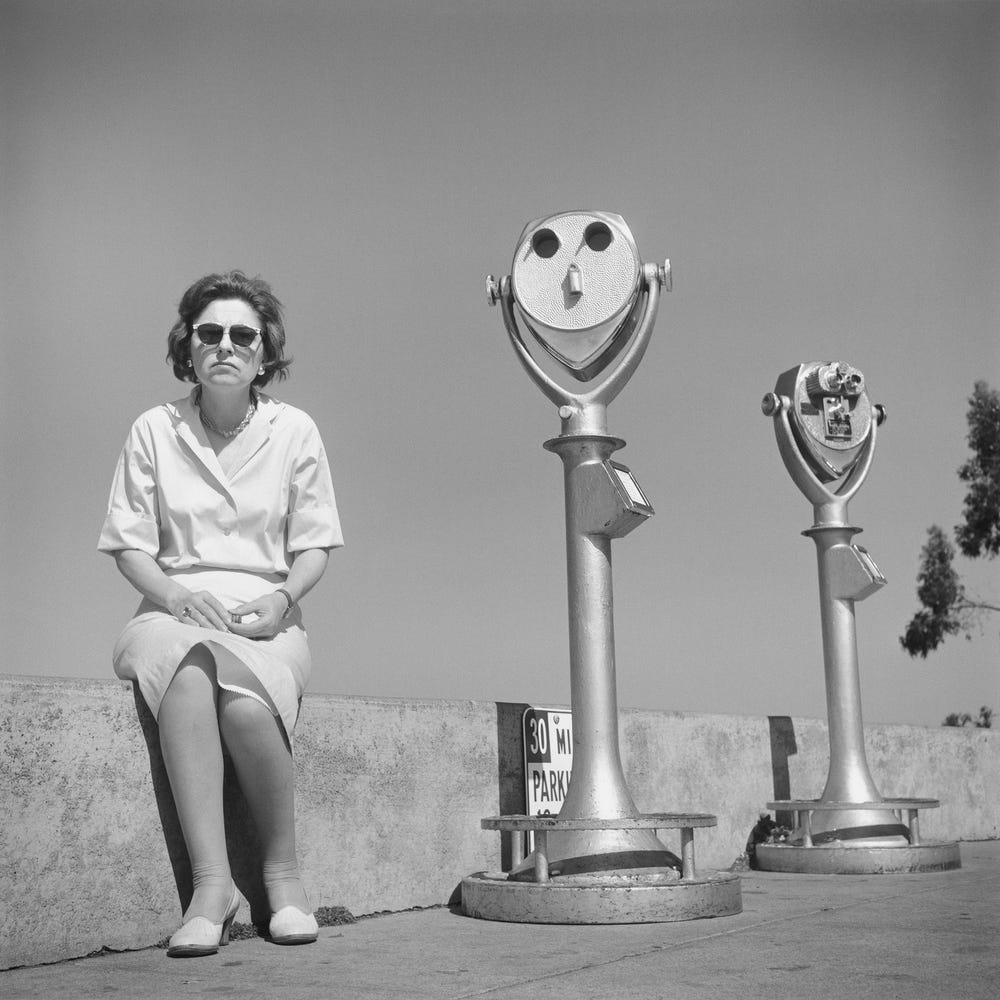Irving Penn + Issey Miyake: Design Meets Photography
By Cawaii Factory, in conversation with Midori Kitamura, chairperson of the Miyake Design Studio and the Miyake Issey Foundation
May 9, 2024
Irving Penn, Issey Miyake, New York, 1988. Gelatin silver print, 15 11/16 x 15 11/16 in. (39.8 x 39.8 cm). The Metropolitan Museum of Art, Gift of The Irving Penn Foundation, 2021 © The Irving Penn Foundation
Irving Penn worked in New York, Issey Miyake in Tokyo. They began collaborating in the 1980s, sharing a mutual respect and passion for creativity despite the ocean that separated them. Each season (Spring/Summer and Fall/Winter), Miyake would send his collection of clothing to the photographer, and Penn, inspired by the clothing, would make selections. His photographs were novel and exciting interpretations that thrilled and inspired Miyake in return. The collaboration and joy of creation continued for 13 years, resulting in some 250 photographs and garments that continue to shine brightly.
Irving Penn, Issey Miyake, New York,1988. Gelatin silver print, 15 11/16 x 15 11/16 in. (39.8 x 39.8 cm). The Metropolitan Museum of Art, Gift of The Irving Penn Foundation, 2021 © The Irving Penn Foundation
Here, Miyake is wearing “Kamiko.” The coat is made from washi (Japanese paper) dyed with sumi ink. Washi has been used for ordinary clothing in Japan since ancient times. From the start of his career, Miyake focused on traditional Japanese materials and handiwork. He respected it and used it as a starting point, adding modern tweaks as well as using new technologies to develop original materials that could be used in modern apparel. He released his first “Kamiko” work in 1982. Several ISSEY MIYAKE brands continue to produce washi clothing.
We sat down with Midori Kitamura, who was Issey Miyake's right hand for over four decades, to talk about the miraculous visual dialogue between the two artists.
Cawaii Factory: What led to the collaboration between Irving Penn and Issey Miyake?
Midori Kitamura: Miyake first learned about Mr. Penn’s photographs when he was in junior high school and saw Penn’s work in a magazine to which his older sister subscribed. From that moment on, for Issey, Penn was at the top of the pantheon of photographers.
In 1983, Penn photographed two Miyake designs for Vogue. I think it was probably a dream come true to see his work photographed by someone he admired so much. That was how the relationship between the two began. Miyake would go on to ask Penn to photograph clothing from his biennial collections.
The collaboration between Penn and Miyake began in 1986 and continued uninterrupted for 13 years, until 1999. That's extremely rare and, I think, extremely valuable.
Irving Penn, Heavy linen elephant-yoryu (wide-width crepe) and mud-dyed cotton skirt, 1983 Spring/Summer Collection ©️ The Irving Penn Foundation
The rough-textured, hand-dyed hemp jacket and the mud-dyed skirt both come from the 1983 Spring/Summer Collection. The length and form of each can be changed by adjusting strings. This photograph appeared in the April 1983 edition of Vogue (USA).
CF: What was the process used to create the photographs over the course of those 13 years?
MK: Each season, after I returned to Tokyo at the end of Paris Fashion Week, Miyake and I would select the clothing that would be brought to New York.
Prior to the meeting with Mr. Penn, I would hang all the clothing on a rack and prepare it so that it looked perfect. From the moment I opened the boxes of samples that had arrived, I tried to forget everything about Miyake’s ideas and the collection’s theme.
I would show him the clothing, and if it seemed like something caught his attention, I would have one of the models who were standing by put it on.
Mr. Penn would make comments along the lines of, “Could you add a little more volume around the sides?” At times he caught me off guard, and I didn't have anything on hand, but I would improvise and see what happened. In one instance, I rolled up a miniskirt to see what it might add, and it did make things more interesting.
Irving Penn, Flying Saucer, 1994 Spring/Summer Collection ©️ The Irving Penn Foundation
The dress consists of three tubes: the body and the left and right sleeves. Each section has vertical pleats, folded accordion-style to create humorous movement. For the photograph, Penn had the model wear the long-sleeved dress and then another sleeveless dress was put on her head and hem.
Mr. Penn would instruct the models about different poses, come up with ideas for makeup and hair, and draw sketches right there in the office.
The photography team remained unchanged for 13 years. John Sahag did the hair, Tyen the faces, Sadie Hall the ironing, Jun Kanai the coordination, Nancy Talcott the assisting, and I the styling.
The photography took four days, ending at 6 pm with a break for lunch, which we all ate together.
The studio was silent. There was no music, no talking. It was very tense. All you could hear was the occasional instruction from Penn and the click of the shutter. It was the same kind of tension that surrounded Miyake during his preparations for the collection in Paris. As the photography progressed, it felt like I was watching an opera.
I was continually shocked and surprised. This clothing that I knew so well was transformed into something completely different through Penn’s lens. I was witnessing a new world that I never knew existed.
Irving Penn, Issey Miyake Staircase Dress, New York, 1994. Platinum-palladium print, 21 x 19 5/8 in. (53.4 x 49.8 cm). The Metropolitan Museum of Art, New York, Gift of The Irving Penn Foundation, in memory of Issey Miyake, 2022 © The Irving Penn Foundation
This dress is from the 1994 Fall/Winter Collection. The rectangles create horizontal steps, with vertical rectangles for the sleeves, finished off with pleats that are spaced evenly in a staircase pattern. The texture of the polyester material brings out the sharpness of the form. It is finished with the comical “Garbage Bag Hat.”
CF: I understand that Miyake was never present during the photography. Why was that?
MK: Miyake forbade himself to go. He felt that creativity and freedom would be impaired if the designer was hovering nearby, so he left everything up to Penn.
Mr. Penn, for his part, never once attended the Paris show. He always waited excitedly for the clothing that I would bring him. You could feel it across the meeting table. I suspect Miyake, waiting for the photographs on the other side of the Pacific, was in a similar state.
After the photography was completed, Mr. Penn would send all of the developed photographs to Tokyo without making any selections of his own. He used his work to communicate how he felt about the clothing. Miyake always waited with nervous anticipation for the photographs to arrive, like a student fretting over an exam score.
Though Miyake was never present for the photography, he would dine with Mr. Penn every time he was in New York. Mr. Penn would always say that his collaboration with Miyake was one of the unforgettable moments of his photography career.
Irving Penn, Two Miyake Warriors, New York, June 3, 1998. Platinum-palladium print, 21 x 19 5/8 in. (53.4 x 49.8 cm). The Metropolitan Museum of Art, Gift of The Irving Penn Foundation, in memory of Issey Miyake, 2022 © The Irving Penn Foundation
“Starburst” comes from the 1989 Fall/Winter Collection. It was created by adding random folds to existing clothing, and then heat-pressing foil sheets on, after which, some of the pressed pleats were opened up. The result is something completely different from the original clothing. It is a form of recycling that emerged from an exploration of environmental issues and reuse. Penn posed the models as warriors.
CF: How did Irving Penn’s photographs impact Miyake’s apparel design?
MK: When the photographs arrived from New York, Miyake was always surprised and moved by how his clothing had been perceived, understood, and translated. He said it was a completely different perspective on the work, bringing out aspects that he himself had not fully grasped.
Designers have a clear understanding of what it is they want to express. This can sometimes make them fearful of different interpretations. But Miyake accepted Mr. Penn’s interpretations. He said that Mr. Penn’s translations stimulated his ideas for his next collections.
During the late 1980s, Miyake looked at his clothing and decided he needed someone who would be a sounding board, bouncing it back to him with their own original spin, and appraising it unflatteringly so that he did not become lazy or complacent. He looked around for a long time before finally encountering Penn.
Mr. Penn served as a guide and sounding board for Miyake as he developed new ideas.
This conversation has been edited for length and clarity.











